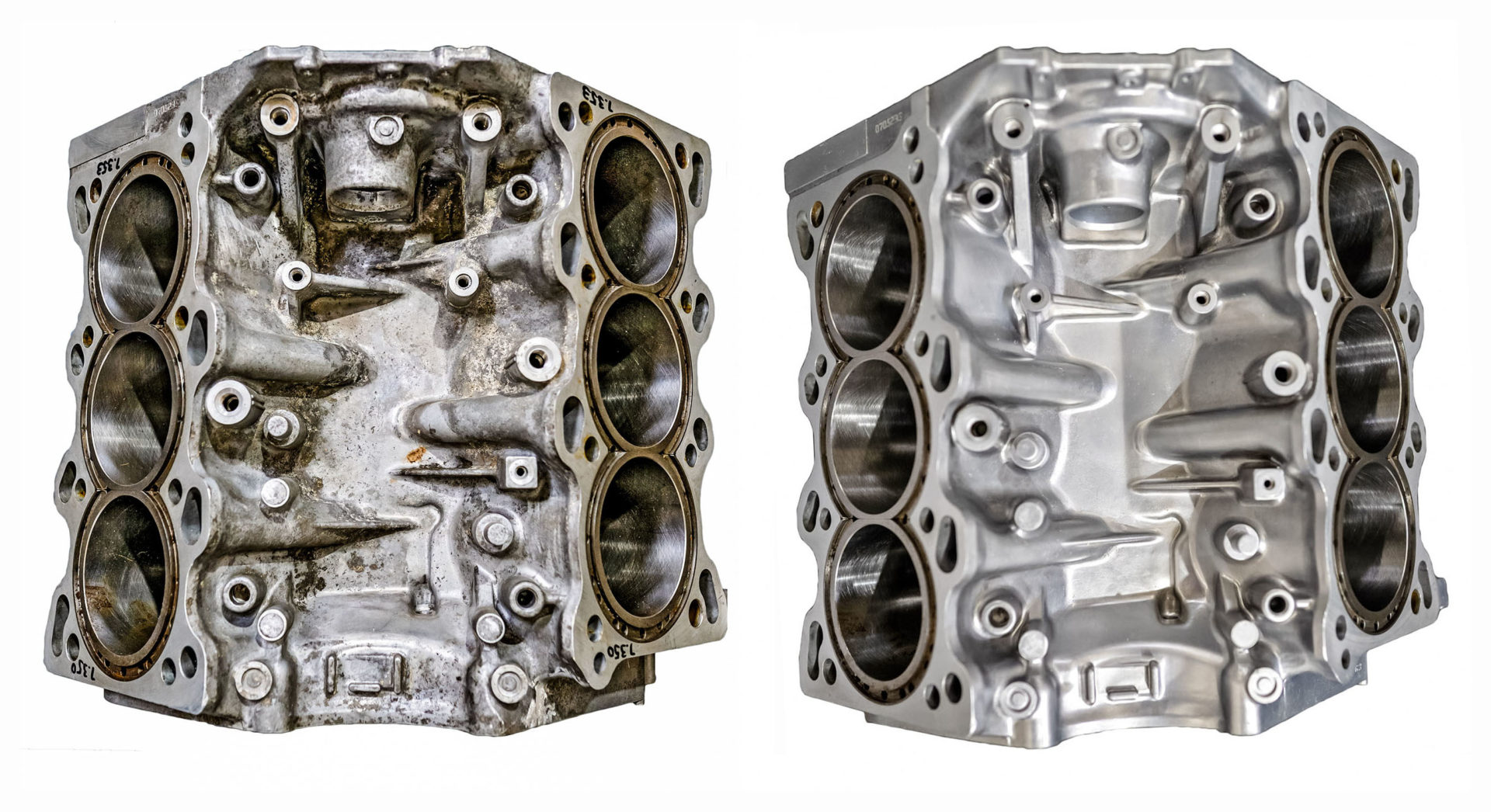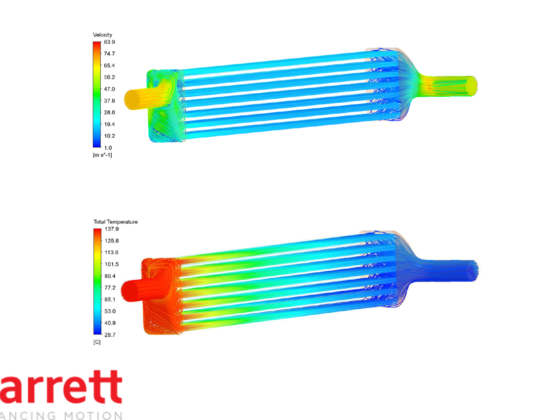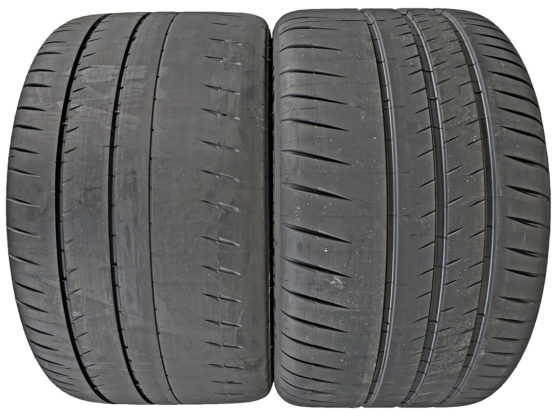HISTORY OF VAPOR BLASTING
Vapor blasting was invented by Norman Ashworth in England when traditional sandblasting was banned in 1950. In 1966, many other European countries also banned sandblasting which led to the invention of the first mobile vapor blaster in Germany.
The first vapor blasters came to North America from Germany in the 90s and were first produced domestically in 2009 by Ecoquip and GeoBlaster. Today they are quickly being adopted as the primary form of surface preparation, cleaning, and restoration across many different industries.
THE PROCESS
We brought Mountune our heads and bottom-end of Project NSX that were just about to be assembled. The Darton-sleeved C30A engine block that had the final machining completed and was line-bored and honed. Ideally, you want to vapor blast engine components prior to any machine work, so the blasting can be done quickly and effectively without taking five times as long when trying not to blast finished machine areas.
 The heads were assembled and ready to go, but had to have the valves and retainers removed for blasting.
The heads were assembled and ready to go, but had to have the valves and retainers removed for blasting.

Mountune uses their extensive engine building background (many are ex-Cosworth engine builders) to mask off the finished surfaces like the deck of the block.

It’s pretty amazing that simple blue painter’s tape can help protect the surface that we don’t want to be blasted. Granted, they also spent a lot of time to make sure they were careful with the angle they blasted the block; but it’s still impressive how gentle vapor blasting is that painter’s tape is all that is needed. You couldn’t protect the surface like this with dry blasting.

An old-school trick for gasket making, Mountune uses a hammer to gently tap the edges of the block to crease the tape for it to easily pull away with a perfect fit for the machined deck surface that we don’t want blasted.

Next, they use a razor blade to expose the plate and engine’s serial number that we want cleaned up.




18 comments
Love doing this at home with a bag of baking soda and a pressure washer!
How well does that work? Can it remove heavy corrosion and baked on carbon? Does a pressure washer develop enough pressure? Doesn’t the baking soda dissolve? I also believe that wet soda blasting does not leave the beautiful surface finish. I am pretty sure simply putting baking soda in a pressure washer isnt going to give you anywhere near these results.
Baking soda works well, but not mixed with water. I use a siphon gun for soda blasting but it must be dry
After further research I found that baking soda can be used wet, but I’m not sure I’d want to run anything like that through my pressure washer.
I saw on youtube that soda blasting does not leave anywhere near as nice of a finish and doesnt appear to clean as well either. Looks like it takes a lot longer too.
Dry soda blasting is one of the least effective methods at removing tough surface contaminates. It’s mostly for cleaning. The big advantage of wet blasting is the ‘cushioning’ of the impact of the media. Since that’s not really a problem to begin with for soda blasting, and due to soda’s effect when mixed with water, it’s not exactly the same benefit as wet blasting harder media like glass and sand.
How does it compare to sand blasting with respect to removal of all media after processing? A piece of sand in an oil gallery can be catastrophic!
Of course you have to clean the block carefully like you would in any good engine build.
I don’t blast major engine parts because it’s just too hard to clean everything, and even then there is no way to check. My local machine shop has a water based, heated cleaning cabinet that really works well.
A company I worked for 50 years ago had a vapor blaster, it’s not a new tech.
Many machine shops nowdays for iron blocks uses baking and shot peening instead of hot tanking. Also for aluminum, wash cabinet and walnut blasting. You always have to remove all galley plugs and brush them out, not just spray them out. Its SOP when building engines. We never have problems. You also mask everything off before blasting. SOP. Wet blasting has been around for awhile but these newer machines with different types of media that give such nice surface finishes are new to our industry.
I like the shiny finish this leaves on the surface. Makes me wonder how this will do on steel.
Great article featuring our customers! If you would like to know more about vapor blasting, visit our website: https://www.vaporblastingequipment.com/ they use our Aquablast 1215.
Is this what was used in project binky when they cleaned the transmission p parts?
Yes, yes it was.
Would you apply a top coat to keep oxidation from setting in? Its now raw alum and would oxidize quickly.
It doesn’t oxidize nearly as quickly as a dry blasted part because of there being less surface contaminants and the surface less porous, but yeah it would still need a coating of some type if you want it to stay looking like this long term. Expect it to be about the same as bare polished metal.
1. I’m curious as to why some machined surfaces need to be taped and others not? There are a lot of gasket, bearing, and seal surfaces being blasted here, but not the deck surface for the head.
2. What kind of post vapor blasting cleaning needs to be done? Does the wet media need to be rinsed out? Is that part of the service Mountune offers? Or do you have to use hot, soapy water and brushes, after?
3. Are the internals of engine cases and various galleys every blasted? E.g., to remove the various hues of baked on engine oil.
4. There are quite a few different alternative names mentioned for this process. Aside from using Mountune’s services how would I know someone else is using the same process even if they use a different name?
Awesome results. What size glass bead is used and at what pressure air ?